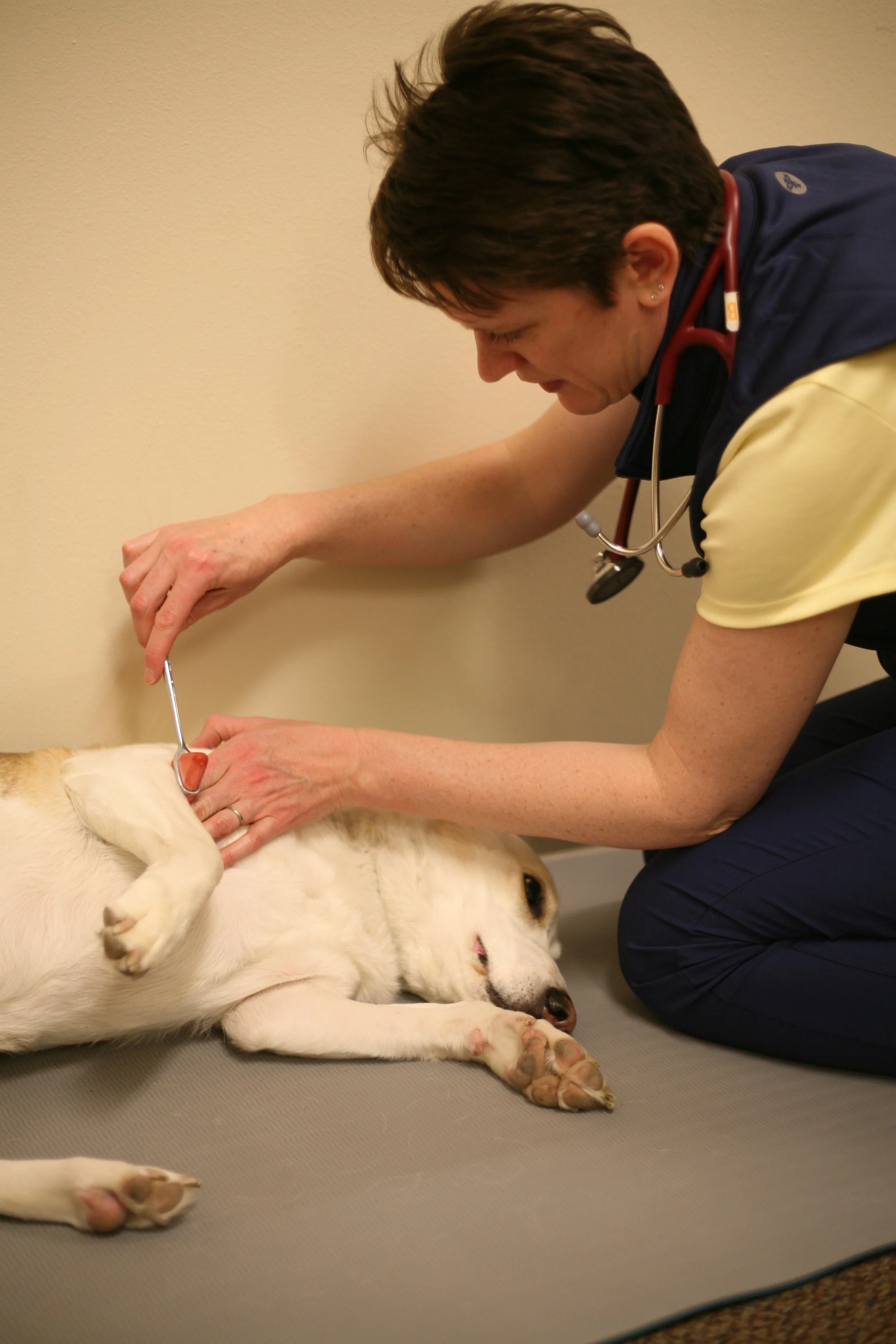Use of CBD Oil for Refractory Epileptic Dogs
It's baaaack! At the ACVIM conference a few weeks ago I had the pleasure of listening to researchers from Colorado State University present data from a recent double blinded, placebo controlled prospective study evaluating CBD oil in resistant epileptic dogs.
How the Study Worked
51 client owned dogs, taking at least 1 ACD (anticonvulsant drug) and continuing to have 2 or more seizures every month, were included. Resistant epileptics are already the hardest subset to manage so this was a really tough crowd for the researchers to target. The dogs were given either placebo or CBD oil for 3 months and then switched and given the other compound for 3 months. Initially, they dosed at 2.5 mg/kg PO q12h but no effect was noted so after 12 dogs the dose was increased to 4.5 mg/kg PO q12h.
Key Points
ALP and ALT were elevated in this study. This is the first study to document elevated ALT during CBD administration in dogs. The researchers aren't sure why this happened but hepatocellular damage of some sort was suspected. Bile acids were normal in all dogs except 2.
No significant difference in response (response = a > 50% reduction in seizures) was noted between the placebo and CBD administrations group.
Total number of seizures/month and seizure days/month was reduced in the CBD group compared to the placebo group BUT over all seizures went UP with both groups
Should we use CBD to manage seizures for resistant epilepsy?
Sorry, not based on this study. It's not compelling enough to suggest that we should be using this drug PLUS it showed evidence of liver enzyme changes that could be concerning AND phenobarbital serum concentration went by 11% when the dogs were on CBD. That said, they targeted resistant epileptic dogs so could this be effective in "easier" to control dogs? Maybe. Could this increased phenobarbital concentration mean that we could lower the dose of phenobarbital in these pets? Maybe. Do we need to check out different doses? Maybe - but at least with this question I am cautious because of the new elevation of ALT at this higher dose. Can we safely increase the CBD dose? Unknown.
This is a good step forward but alas, we still don't have enough compelling evidence to say CBD should be a part of seizure therapy and at what dose.
Keep up the good work managing epileptic dogs! I'm available if you have questions about a case or need a second opinion. Have a great week!

